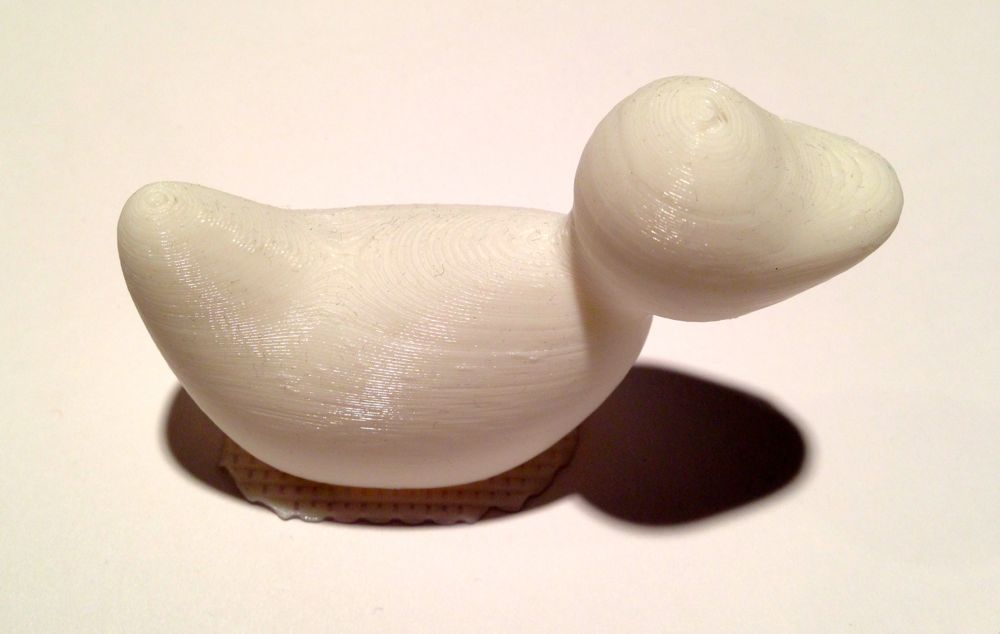Like most of you, we like to watch 3D prints happen. There’s something magical about seeing a real object appear out of, apparently, thin air. But while the print takes place, angry thoughts emerge.
Why angry? Because we’re frequently frustrated by the toolpaths chosen by slicing software. We can see errors taking place, or risky moves that result in blobs or unstuck models.
We keep thinking, “If only it went this way instead of that way…”
But that requires super-smart slicing software that transforms a 3D model into 3D printer movement instructions. Typically the method of movement is the same for the entire print operation, although sometimes the first layer’s movements can be specified uniquely.
But we all know that the shape of an object can change throughout the entire vertical dimension. Different shapes could benefit from different extruder movement approaches. For example:
- Low-detail areas could be printed in thicker layers
- Fragile appendages could have added interior strength
- Sharp corners and finer detailed areas could be done with reduced speed
- And more
The trouble is, 3D models can literally be of any conceivable shape, making a software design capable of understanding the right approaches rather difficult.
While some slicing software currently experiments with some of these ideas, it may be that the only feasible solution is to permit human intervention to select areas of different characteristics. That’s how the software of more expensive commercial 3D printers is done.


